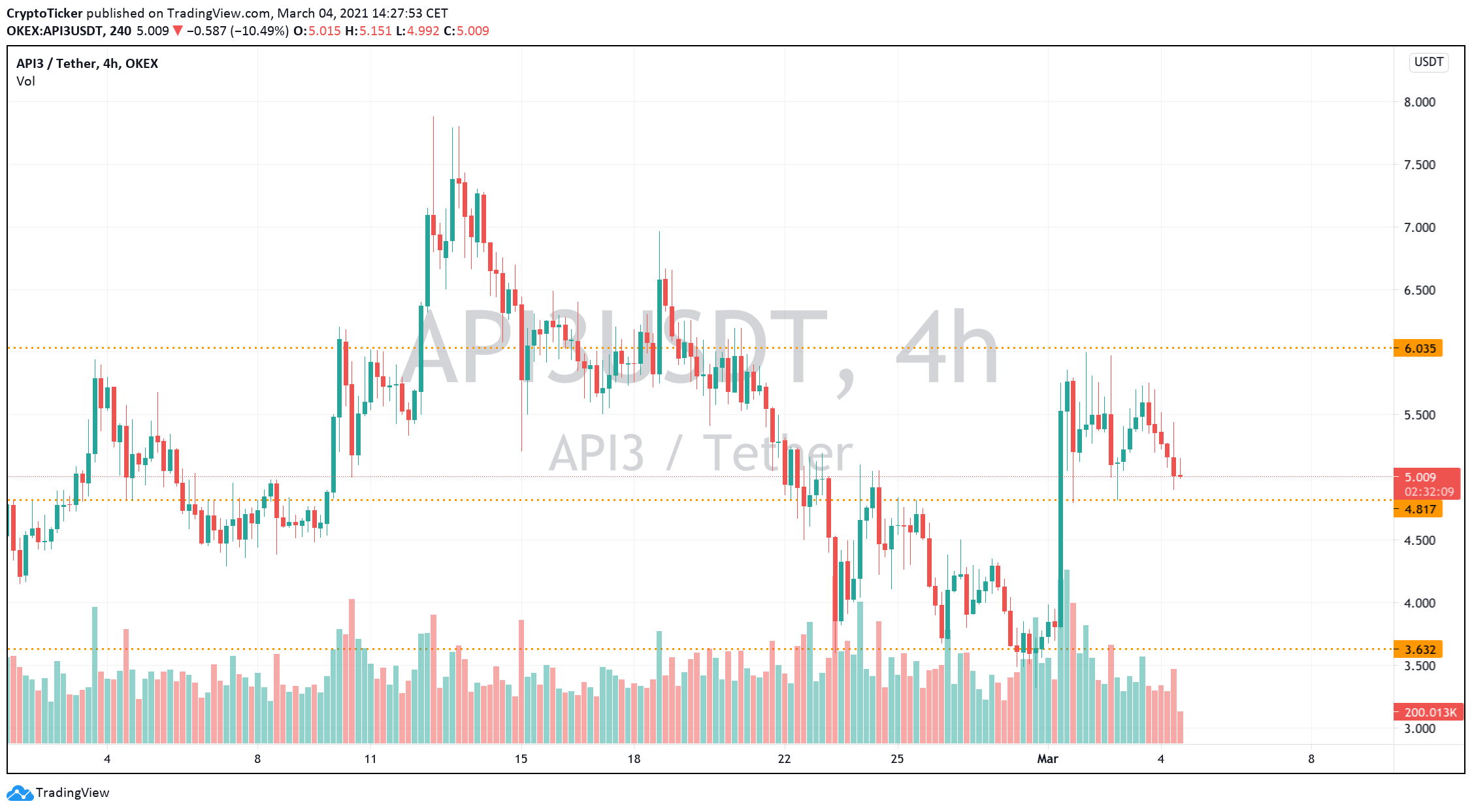

IEA 2019 emission factor was 475 CO2e/kWh. To simplify the estimates, we can use a global emission factor for the average global energy grid calculated by International Energy Agency (IEA). In order to understand the exact carbon footprint from a transaction by a particular cryptocurrency we have to understand the energy usage by the miners/validators which requires data on the equipment used and the carbon emission factor of the energy grid at the particular time of the transaction. The carbon footprint of your purchased energy is defined as an emission factor, using the metriccarbon dioxide equivalents per kilowatt hour (CO2e/kWh). Purchasing Renewable Energy Contracts (RECs) for your energy usage lowers your emissions as you are using “green energy”. If the the mix of energy sources in the grid uses a high amount of fossil fuels, the grid will have a high carbon footprint and if the grid uses a high amount of fossil-free and renewable energy, the grid will have a low carbon footprint. How clean the energy is, is dependent upon, inter alia, the sources used to generate energy in the grid on that particular geographic location. Proof of Work generally use about 1,000 times more energy than Proof of Stake. Consequently, they have different energy consumptions. They are similar, but they differ in how they execute a transaction.

The two common consensus algorithms (or blockchain types) are Proof of Work (PoW) and Proof of Stake (PoS). The amount of energy used for various cryptos depends on the mechanism / consensus algorithm used for a block of transactions to be added to a cryptocurrency’s digital ledger, so called blockchain, in combination with how energy efficient the equipment is that is performing the algorithms. The carbon footprint from using a cryptocurrency is based on the energy consumption that is generated by the process of mining/validating and running nodes of using cryptos in combination with how clean that energy is.

Understanding Cryptocurrency Carbon Footprint *Based on IEA 2019 global emission factor for 1 kWh.

Similar to the carbon footprint of a commercial plane flying for 1-2 hours.
LIST OF NFT CRYPTO COINS VERIFICATION
Will require verification at later stage to obtain Dark Green.Īs, or more, energy efficient than a VISA transaction, Google Search and a regular email without attachment.Īs, or more, energy efficient than an email with a large attachment.ĥ0kWh is similar to the daily carbon footprint of a 150 sqm villa in a Northern Climate.
LIST OF NFT CRYPTO COINS UPDATE
The aim is to update the below list on a monthly basis.Įnergy Consumption per Transaction (kWh/transaction)Ĭarbon Footprint per Transaction (kg CO 2e/transaction)*ĭefined as carbon neutral or negative. Background information on cryptocurrency energy consumption, assumptions and qualifications for the report, and further details on how the data has been compiled and what metrics that constitute which grades etc., can be found at the bottom of this page. The list has been developed by in collaboration with a team lead by the Swedish sustainability expert Erik Florman, founder of. The researchers do however acknowledge that many cryptocurrencies – contrary to VISA-transactions - function as value storage and is peer-to-peer rather than executed through multiple intermediaries. The cryptos are ranked in order of how sustainable they are.įor ease of comparison, a VISA-transaction is equivalent to Medium Green, as it consumes approximately 0.003 kWh per transaction (0.4 grams of CO 2e). The list below outlines how sustainable each of the top 100+ cryptocurrencies are, where True Green is the most sustainable and Brown is the least sustainable.


 0 kommentar(er)
0 kommentar(er)
